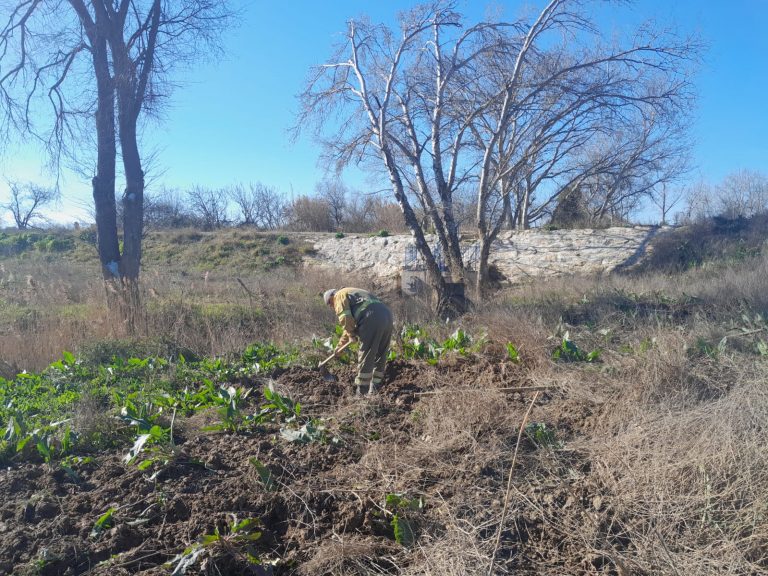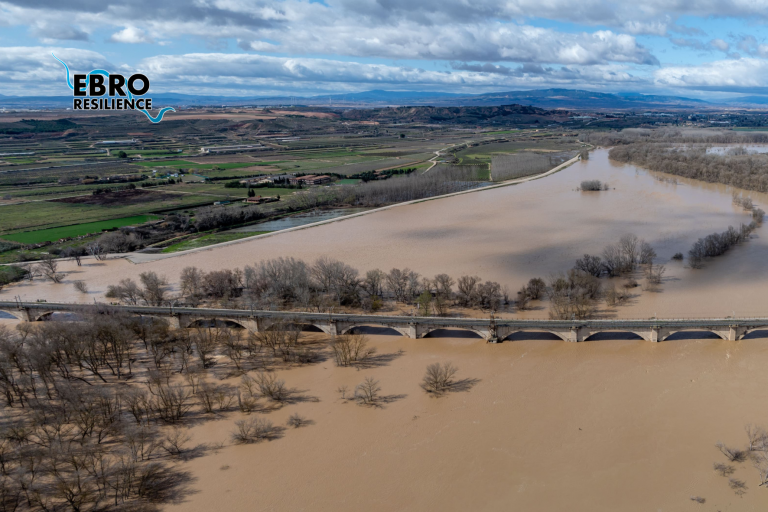The meander of La Roza, in Alfaro, La Rioja, looks like a renaturalized space, with the planned plantations completed, which has meant the introduction of 4,650 specimens of species typical of the banks of the Ebro and its groves.
This intervention represents the bulk of the environmental restoration carried out by the Government of La Rioja on the meander that has been recovered as a fluvial space through the morphological adaptation executed by the Ebro Hydrographic Confederation (CHE), showing once again the key coordination of the LIFE Ebro Resilience P1 project.
In the coming months, the Riojan government will monitor and control these plantations in case any specific action is necessary to conclude the restoration work.
The plantations have been carried out imitating the growth of riparian vegetation, and occupying about 12 hectares of intervention area. Specifically, 1,800 Populus nigra (poplar); 1,250 Populus alba (poplar); 1,390 Fraxinus angustifolia (ash); 140 Salix alba (white willow) and 70 Prunus avium (cherry) have been planted.
They are in addition to the first planting of cuttings carried out by the CHE in the limits of the new relief channel integrated in the morphological adaptation.

Technique
The planting has been done by creating three distinct zones. The first, a patch close to the current riverbed, forming a 4-hectare black poplar grove-aspen grove.
The second is located on the left bank of the relief channel and is an ash grove and poplar grove of 5.5 hectares.
Finally, the area between the relief channel and the new river defense, which has been set back to gain river space, will become a 3-hectare mixed alameda. In addition, it includes the implementation of a vegetation cover on 2 hectares.
The intervention of morphological adaptation and environmental restoration of the Ebro in the meander of La Roza has a total budget of 2.2 million euros.

La Roza
The intervention is part of the combined section of actions, a series of mitigation measures that together have a general benefit and that includes the project planned in the meander of El Señorío, in Castejón, Navarra, and the restoration action in the Soto de Alfaro.
A total of 22 hectares of river plain have been recovered and integrated as a protected area in the Natura 2000 Network, with the removal of 1,343 meters of defensive dykes that constricted the river and the construction of a smaller defense (899 meters) and away from the riverbed, returning this space to the river.
In addition, river dynamics have been improved:
